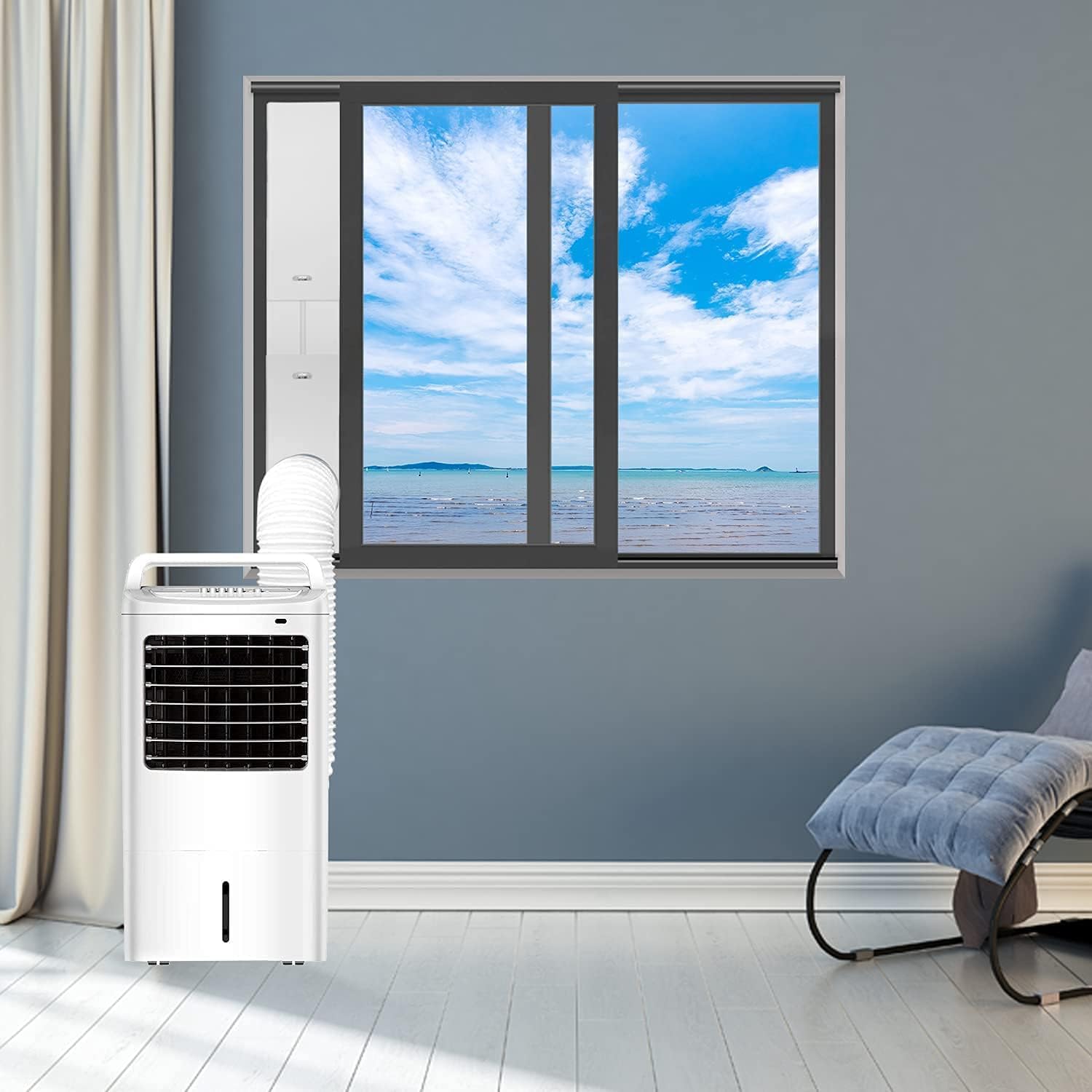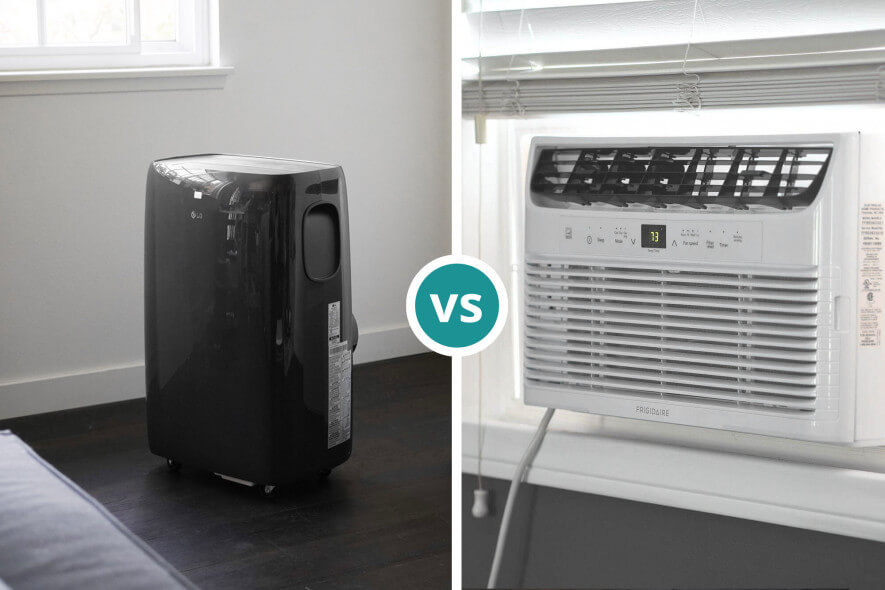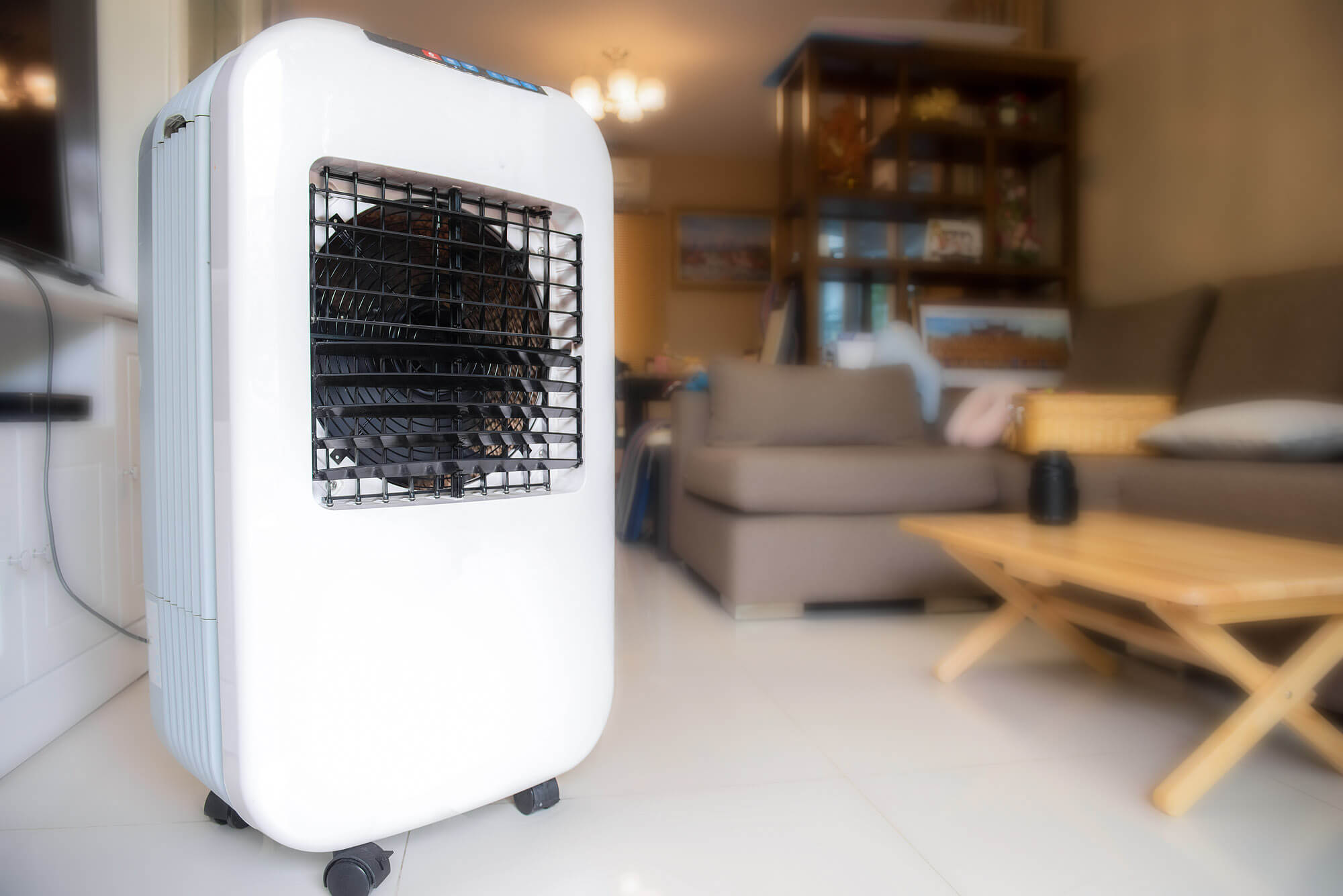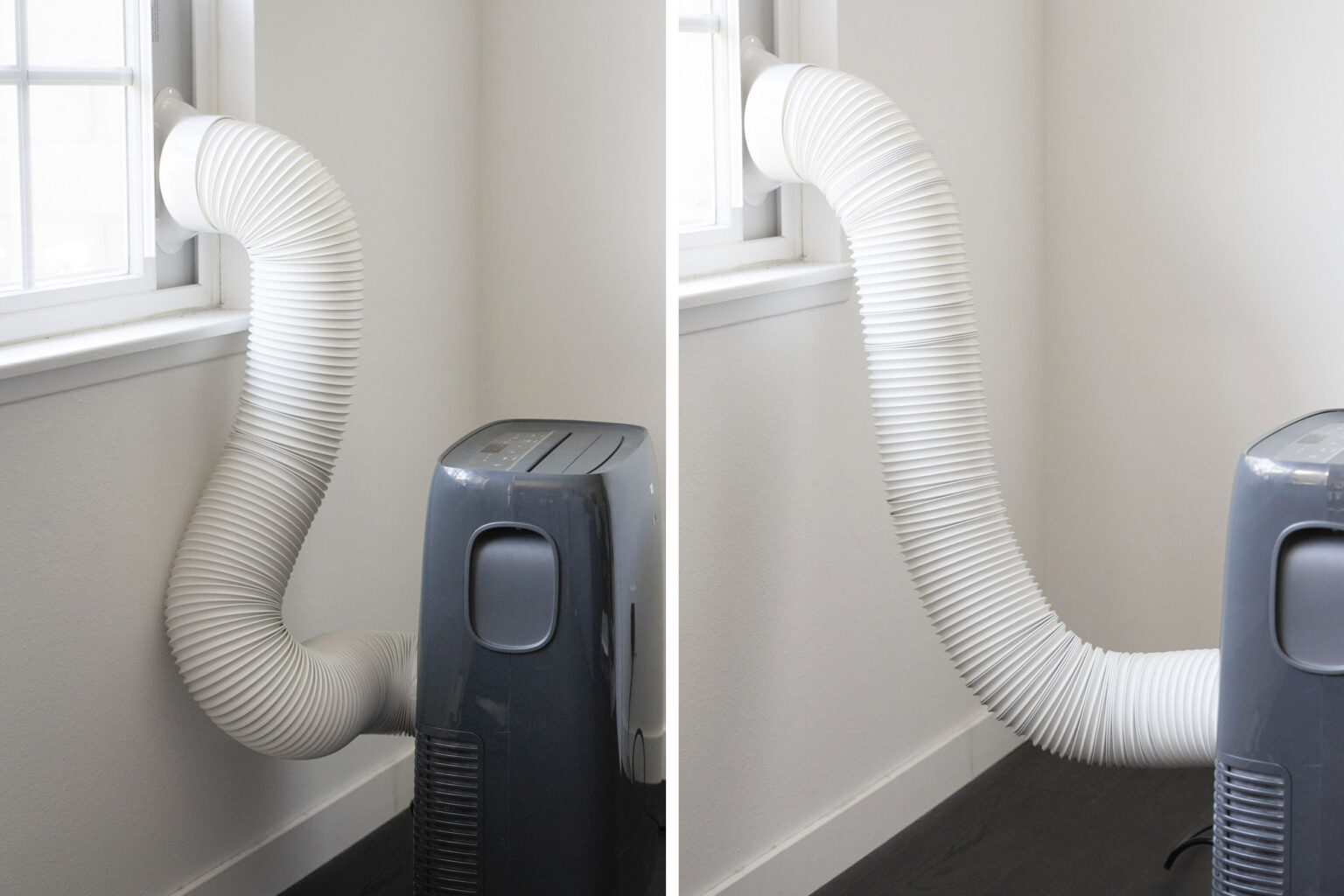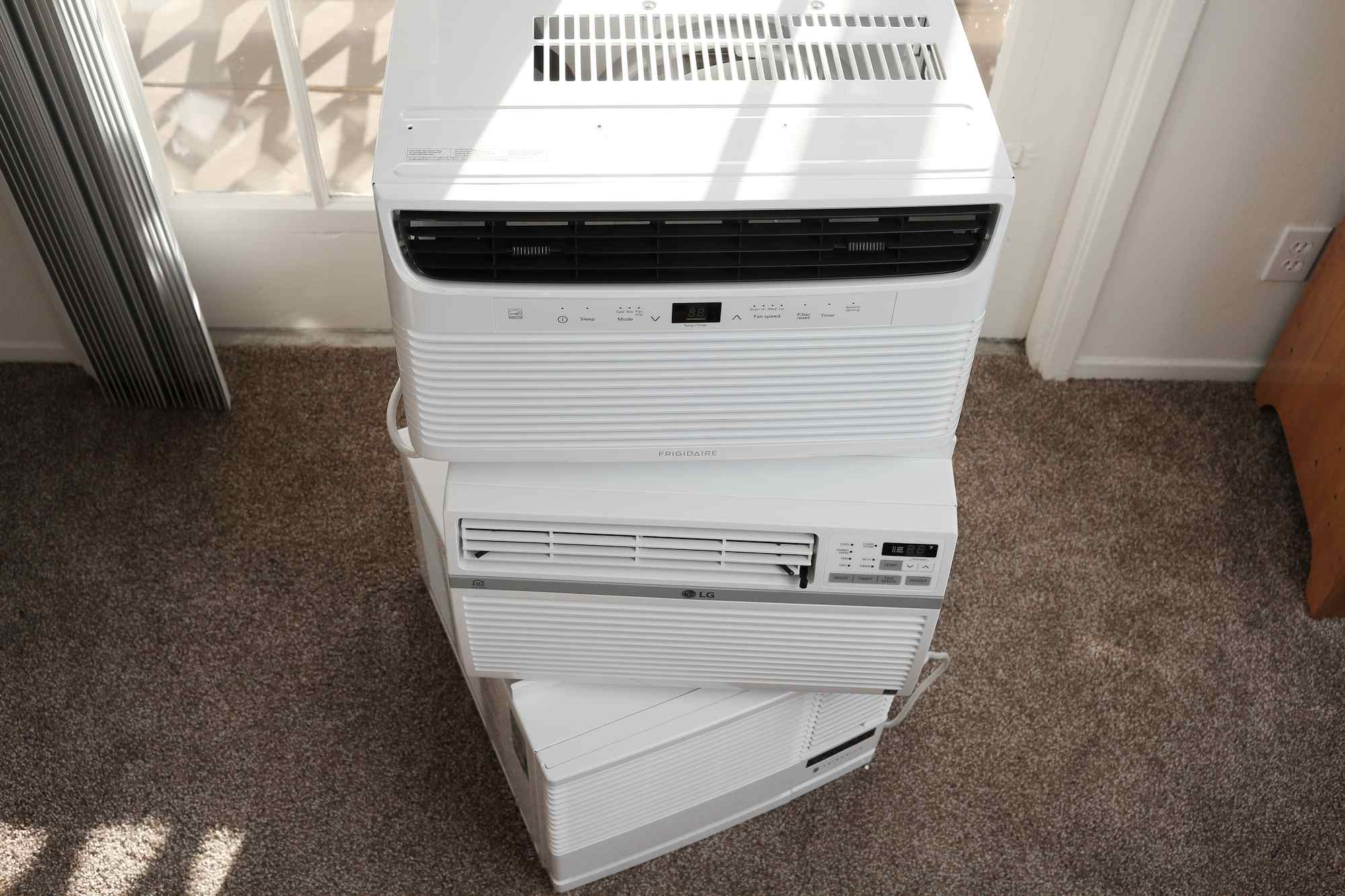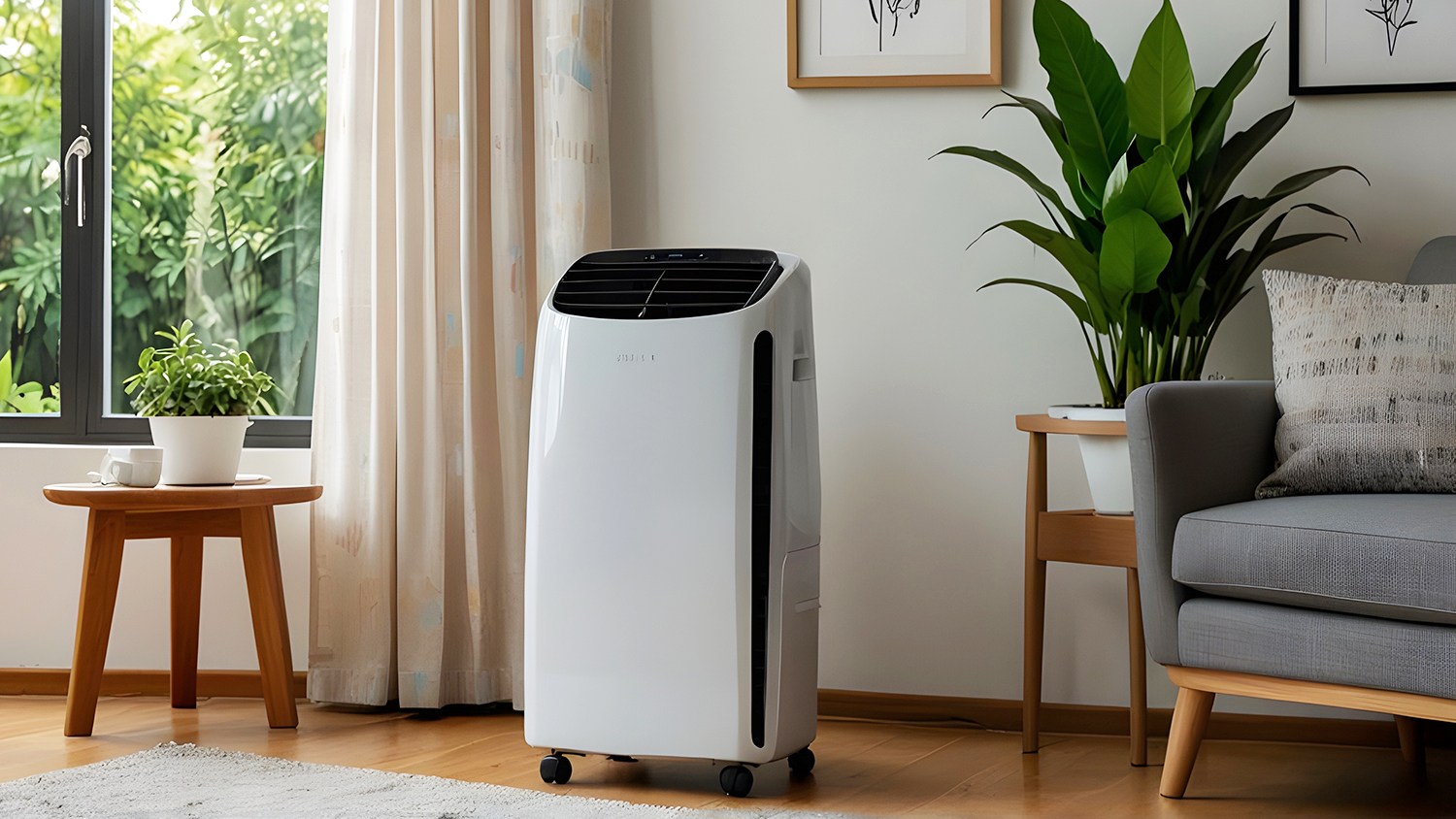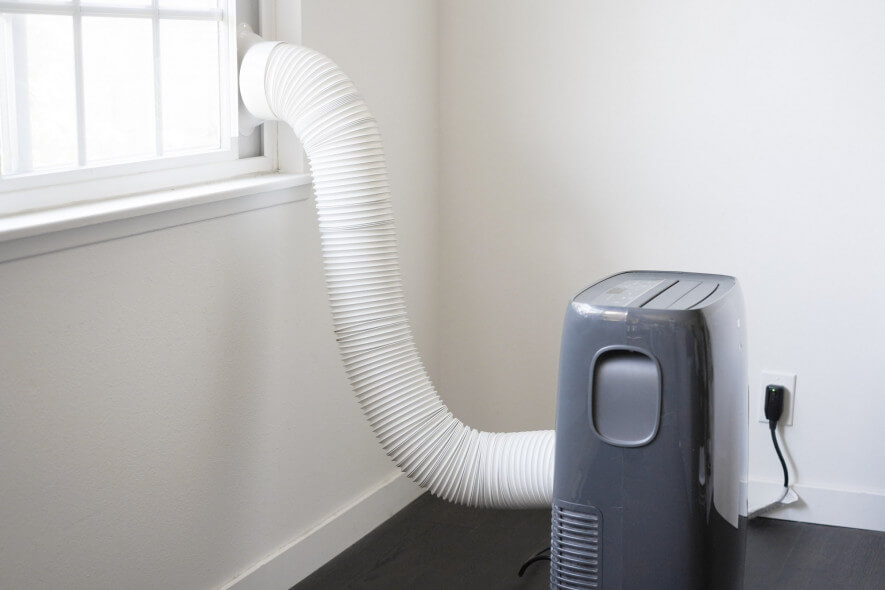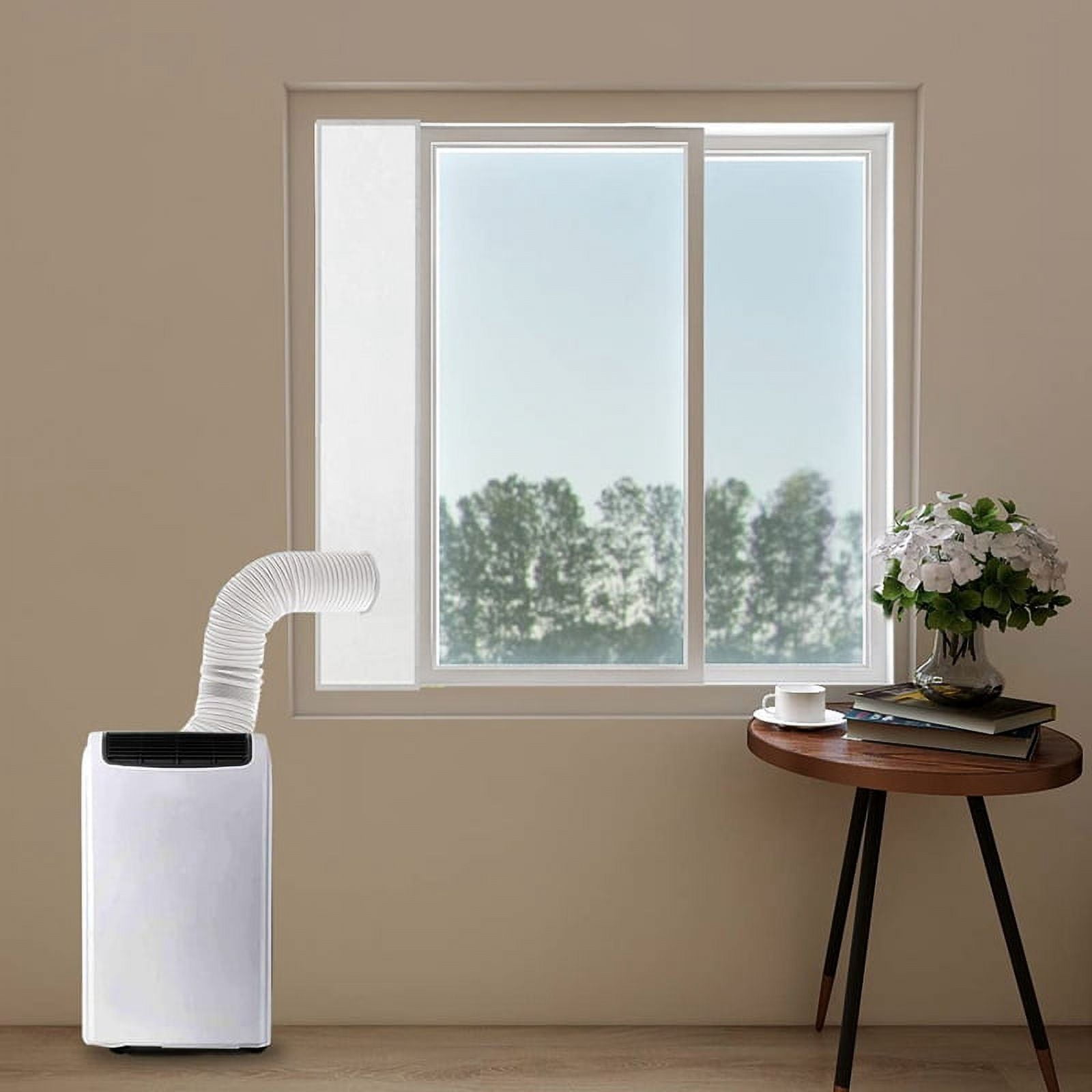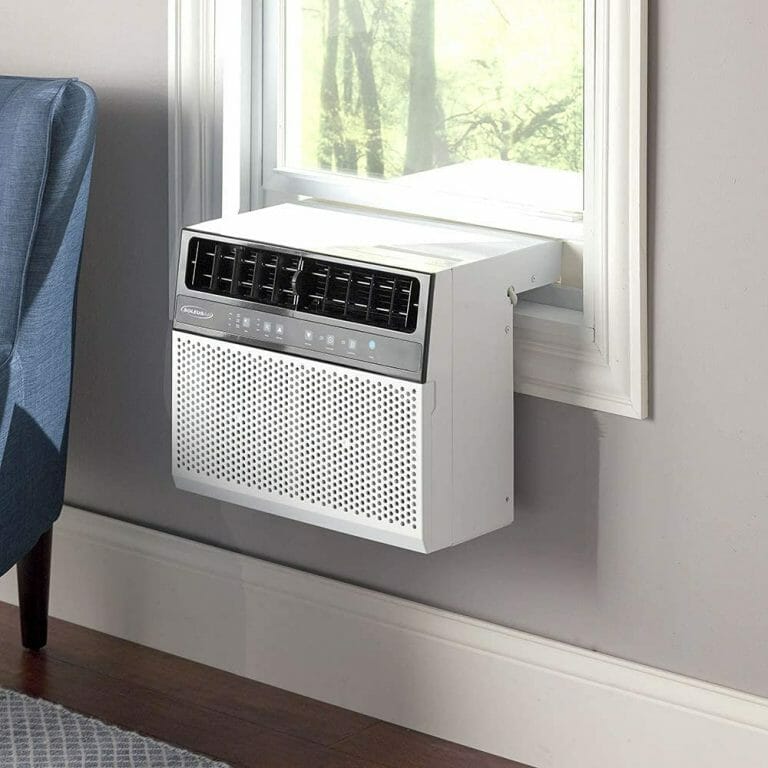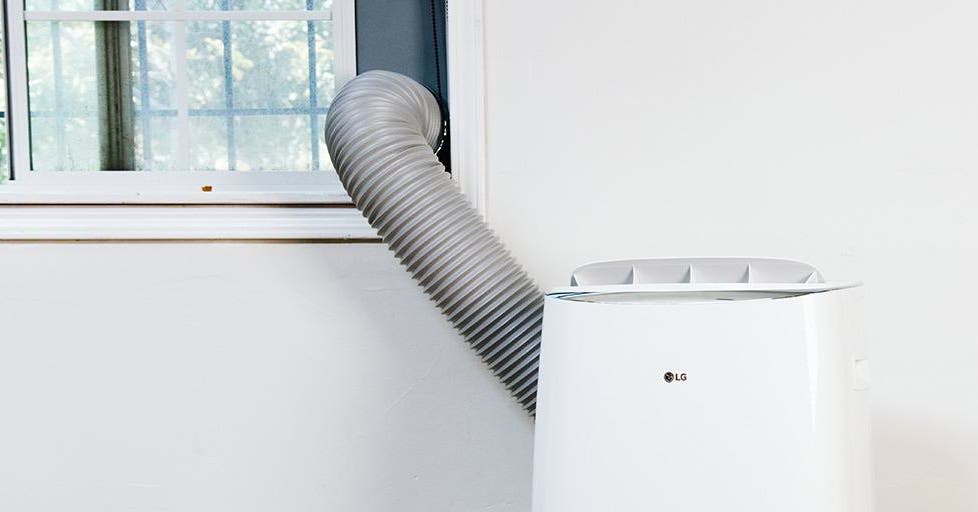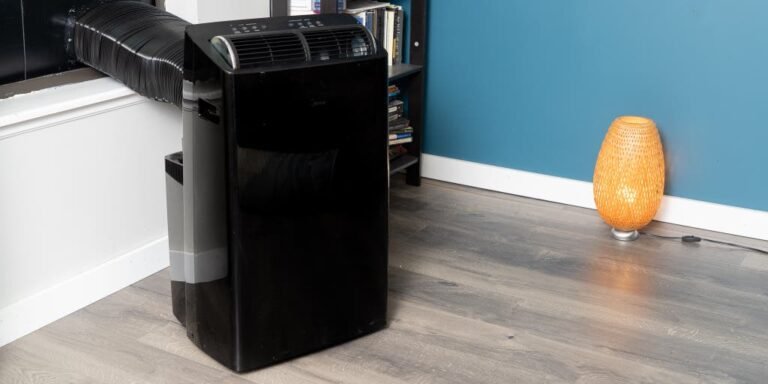Do All Portable Ac Need A Window
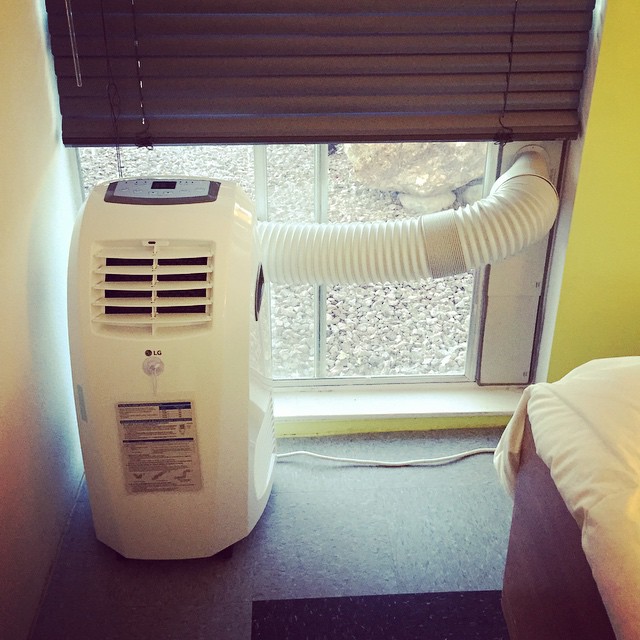
Imagine the summer heat pressing down, turning your home into a sweltering oven. You've tried fans, iced drinks, and even considered relocating to the Arctic. But then, you remember that portable air conditioner tucked away in the closet, a beacon of hope in the oppressive heat. But wait, a nagging question pops into your head: does it really need a window?
The question of whether all portable air conditioners require a window is a common one, especially as summer temperatures soar. While most traditional portable AC units do require venting through a window, alternative solutions exist, offering greater flexibility for those without easy window access. This article dives deep into the workings of portable ACs, exploring windowless options and helping you choose the right cooling solution for your needs.
Understanding Traditional Portable AC Units
The standard portable air conditioner functions by drawing in warm air, cooling it with refrigerant, and then expelling the hot air. This process requires a vent to release the hot air outside, otherwise, the AC unit would simply circulate the hot air back into the room, defeating its purpose. Hence, the need for a window, usually via a window kit that comes with the unit.
These kits typically involve a panel that fits into your window opening, with a hole for the exhaust hose. This allows you to direct the hot air outside while minimizing the entry of warm air back into the room. A key aspect of this setup is proper insulation to prevent air leakage and maximize cooling efficiency.
The Science Behind Window Venting
To fully understand why traditional portable AC units need a window, it helps to grasp the thermodynamics involved. The cooling process isn't magic; it's about transferring heat from one area (inside your room) to another (outside). If the heat isn't properly expelled, the overall temperature in the room won't decrease significantly.
Think of it like a refrigerator. It removes heat from its interior and releases it into the kitchen. If you were to seal the refrigerator in a small, insulated room, the room would eventually heat up because the heat removed from the refrigerator’s interior is still being released into the room.
Exploring Windowless Portable AC Alternatives
Fortunately, if you lack easy access to a window or simply prefer not to use one, alternatives exist. These typically fall into two main categories: evaporative coolers (also known as swamp coolers) and more advanced ductless mini-split systems.
Evaporative Coolers: The Water-Based Solution
Evaporative coolers work on a different principle than traditional AC units. They cool air by evaporating water, which absorbs heat from the surrounding environment. This process lowers the air temperature and increases humidity.
Unlike portable ACs that vent hot air, evaporative coolers release cooled, humidified air. This makes them more effective in dry climates where the air can readily absorb moisture. They don't require window venting, making them a convenient option for many situations. According to the U.S. Department of Energy, evaporative coolers can use significantly less energy than traditional air conditioners, making them an energy-efficient choice.
Ductless Mini-Split Systems: A More Permanent Solution
While often not considered "portable" in the same sense as smaller wheeled units, ductless mini-split systems offer windowless cooling and heating solutions. These systems consist of an indoor unit and an outdoor compressor connected by refrigerant lines and electrical wiring.
They don't require window venting because the heat is transferred directly to the outdoor unit. Installation requires professional assistance to connect the indoor and outdoor components, making it a more permanent investment than a portable AC. Mini-split systems are highly efficient and can cool or heat individual rooms or zones, offering customized comfort control.
Making the Right Choice: Factors to Consider
Choosing the right cooling solution depends on several factors, including your budget, the size of the space you need to cool, and your local climate. Traditional portable ACs are often the most affordable upfront, but require window access and can be less energy-efficient than other options.
Evaporative coolers are ideal for dry climates and are generally more energy-efficient, but may not provide sufficient cooling in humid conditions. Mini-split systems offer the best performance and energy efficiency but come with a higher initial cost and require professional installation.
Location, Climate, and Personal Needs
Consider your location and climate. If you live in a humid area, an evaporative cooler may not be the best choice. If you only need to cool a small room occasionally, a portable AC might be sufficient.
Also, think about your personal needs. Do you value convenience and portability? Or are you looking for a more permanent and efficient solution? Answering these questions will help you narrow down your options and choose the cooling system that's right for you.
The Future of Portable Cooling
The demand for efficient and adaptable cooling solutions is growing, driving innovation in the portable AC market. Manufacturers are constantly exploring new technologies to improve efficiency, reduce noise, and offer more flexible venting options.
We may see the emergence of more advanced portable AC units that require minimal or no window venting, perhaps incorporating improved heat exchange technologies or more efficient refrigerant systems. The future of portable cooling looks promising, offering consumers more choices and greater control over their indoor climate.
In conclusion, while the majority of traditional portable air conditioners do require a window for venting hot air, alternatives like evaporative coolers and ductless mini-split systems offer viable solutions for those without easy window access. Choosing the right option depends on your specific needs, budget, and climate. By understanding the science behind these cooling technologies and weighing the pros and cons of each, you can find the perfect way to stay cool and comfortable, even on the hottest summer days. Perhaps, one day, the need for window venting will be a thing of the past, making portable cooling even more accessible and convenient for everyone.
